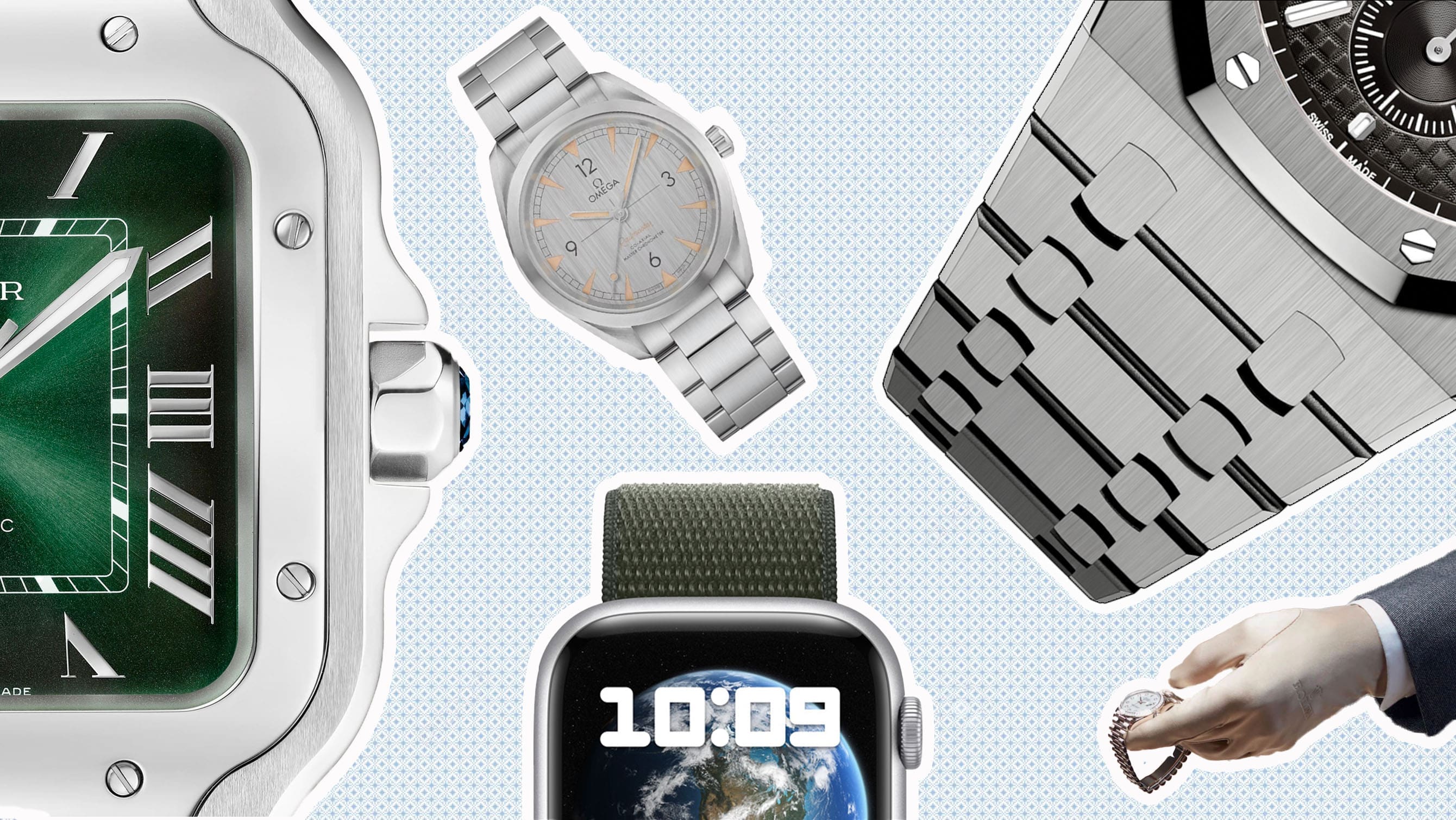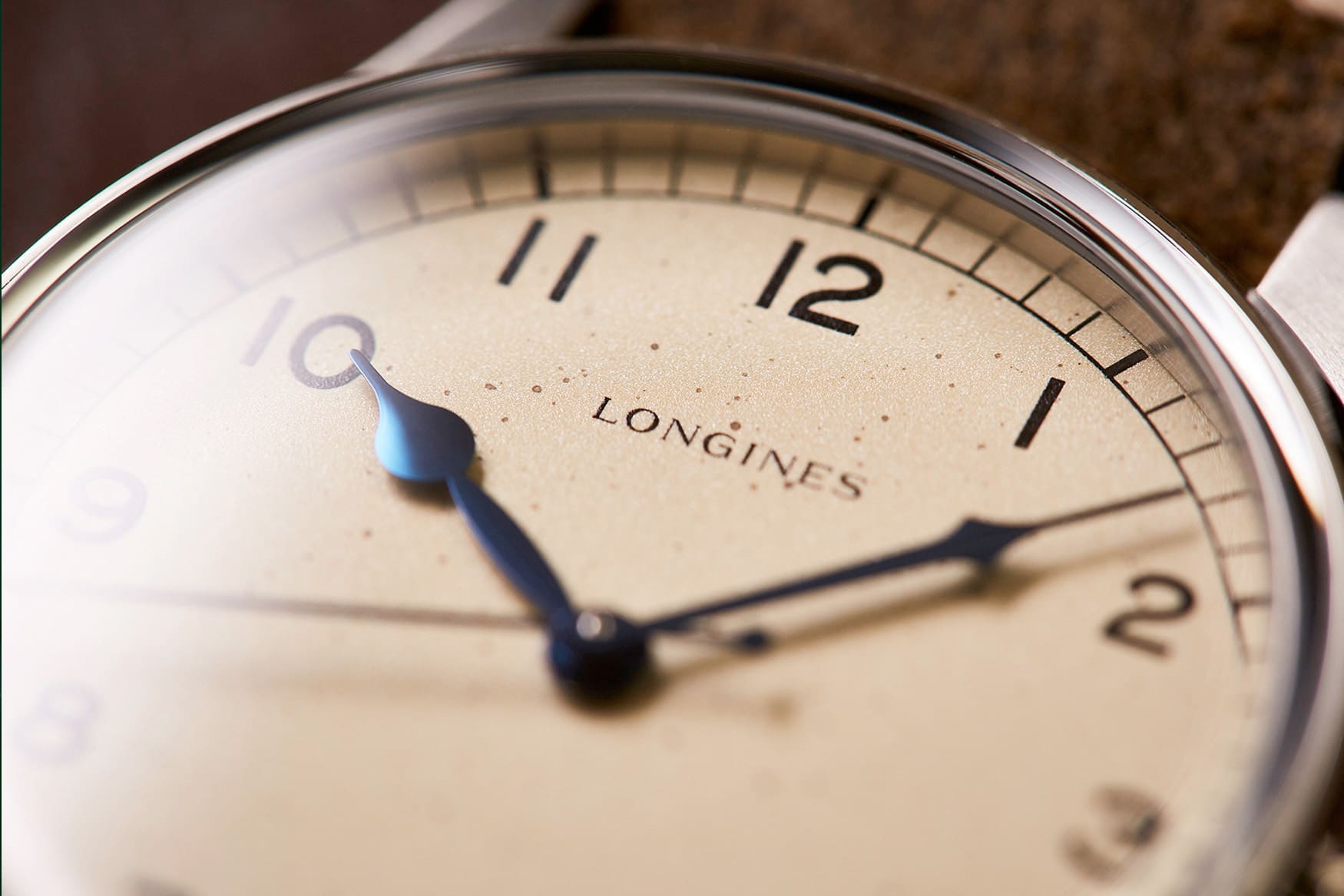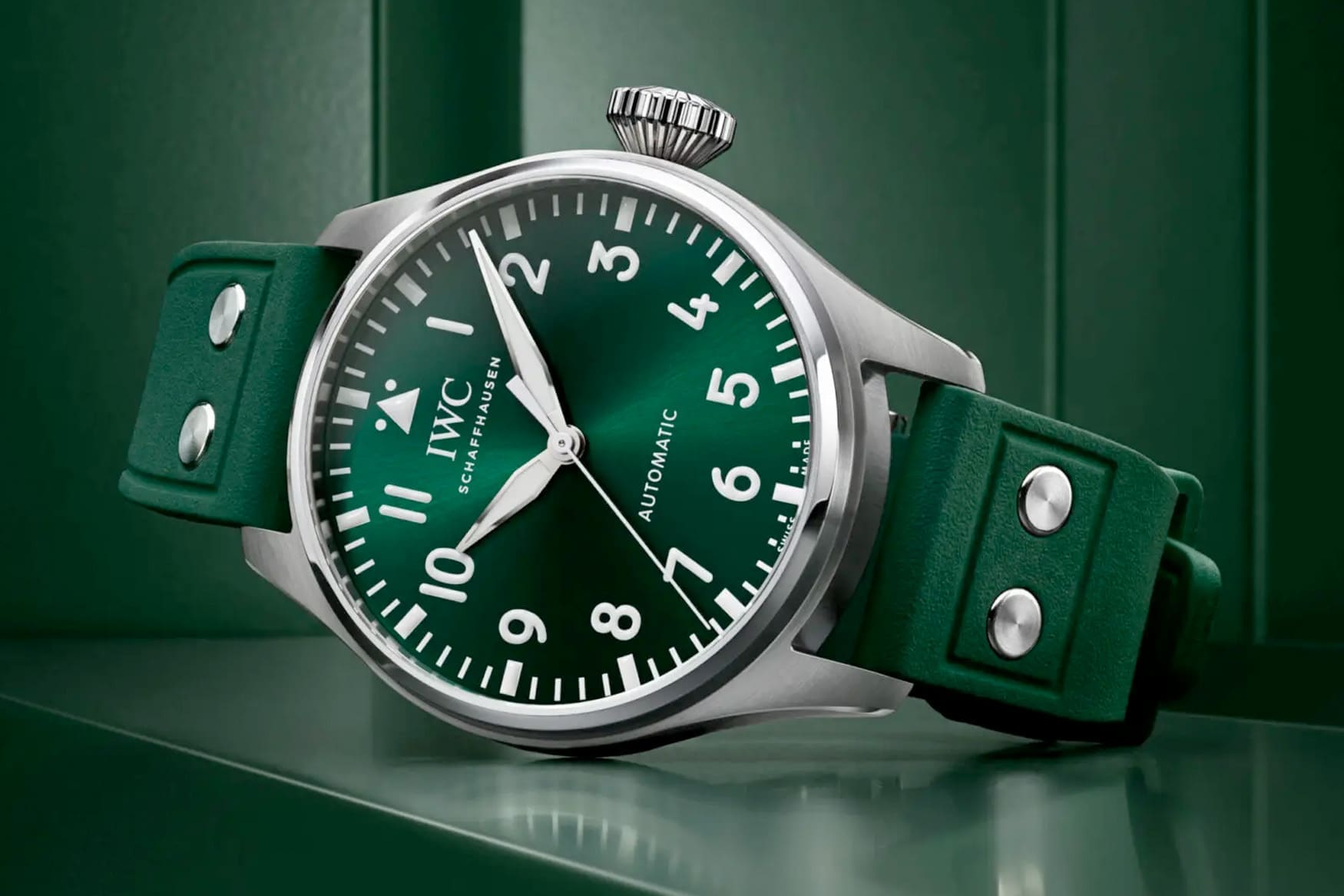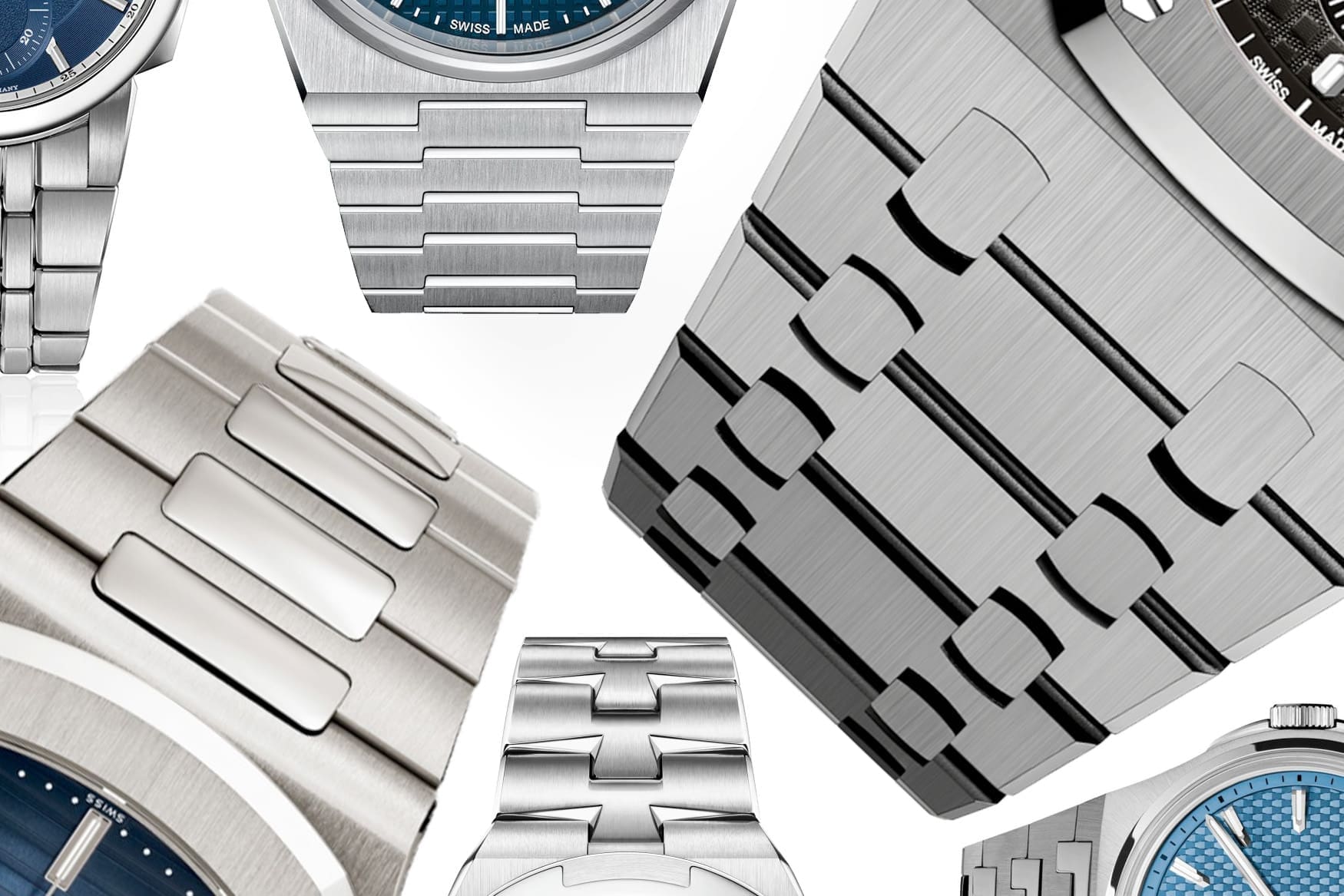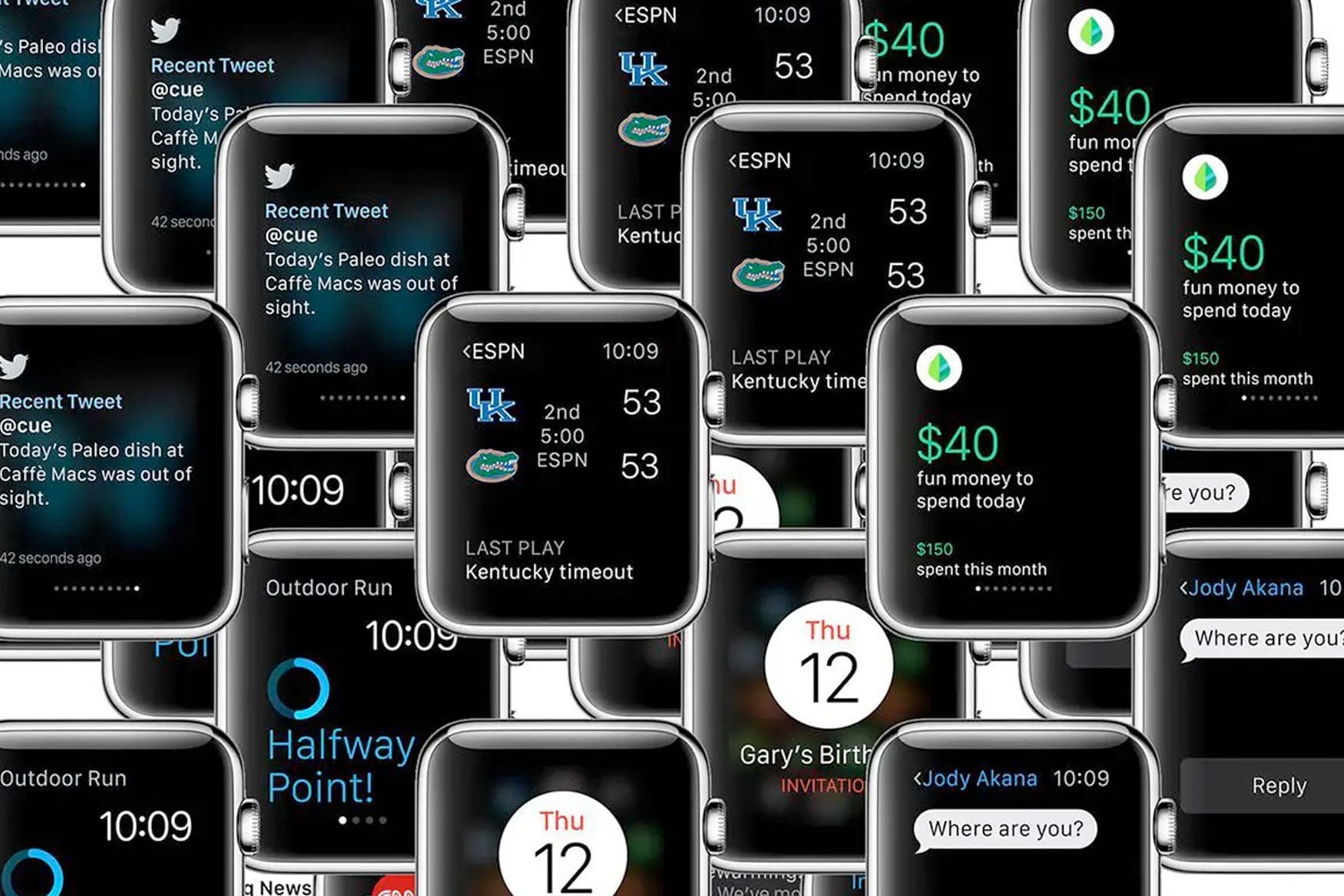5 annoying watch trends that should disappear for 2024
Tom AustinIf one thing’s for sure, the very reason you’re reading everything on Time+Tide is because, of course, you’re into watches and, importantly, because you like to keep up to date with the latest watch trends. Well, what is a watch trend? To describe it, I’d like to think that watches sit in some made-up category somewhere between the fashion and motorcar industries. These are both worlds that contain some of the oldest companies in recent history, known for not only following the latest trends but also being so influential that they even set the next ones. Sometimes, these may simply be for the betterment of sales, but occasionally, these design choices are so influential that every brand under the sun has its own interpretation of them. And this is what we also see with watch trends, even more so as the industry has grown exponentially over the last few years. In essence, if we, the watch-buying public, like a certain stand-out feature or colour, for example, you can bet that we see a lot more of it going forward. Trends don’t just stop at a specific feature of a watch; however, they can stretch even deeper into the culture, entrenching into things so much they become the norm. Are we growing tired of some of these trends? Perhaps. Let’s look at some of the trends we should probably move on from for 2024.
Faux patina
We’ve all been there. March rolls around, and your favourite brand unveils a new watch to the world, and you’re all excited about what it’s going to have over last year’s model. Until, lo and behold, the lume is brown. Now, I’m well aware there’s quite a battle here about “fauxtina”, a clever portmanteau, seamlessly blending “faux” and “patina”. It sits in this horological purgatory, where arguments have raged as to whether one likes it, does not, or doesn’t care at all, likely to never be resolved. Fauxtina has been around with us since the mid-2000s and is essentially the process of making something new, in this case vintage style wristwatches, appear weathered, well used, and aged naturally. Given the recent rise in popularity of wearing vintage watches, it goes without saying that watch brands have all jumped on the bandwagon and drawn some inspiration to capture that corner of the market.
Of course, that’s natural, and in many circumstances, it works excellently; a perfect example of this would be the Omega Seamaster No Time to Die. While, yes, the lume plots resemble something you might find on a dive watch from the ’60s, in this case, actually gives the watch a tonne of character. In fact, when I see the NTTD Seamaster, I don’t even see it as faux patina; it’s more of an exclusive colourway. One thing is for certain: most of us love older watches. You only need to check out recent auction results for proof of this. And no matter the value, one universal thing is shared between these watches, and that’s the fact that most of them have all aged naturally. They all show the scars of wear and tear (mostly), each telling a story. If these watches we are buying new right now are already trying to tell a false story to begin with, how do we go on to tell that story in time to come? How do these new watches stand a chance of capturing that depth and character? Watches such as the Longines Heritage Military from a few years back are a great example of where sometimes, faux patina just takes it that little too far.
I’m all for watch brands leaning on their history books to give us something special. In fact, I’d go as far as to say that a lot of brands out there don’t do it enough, and if they did, we’d have a hell of a lot more to talk about. But I want re-issues of classic pieces to be exactly that, as they were at the time the original was released, not a tasteful rendition of what a lot of them look like now. Furthermore, if your original watch wasn’t even around back then, and none actually exist now with that real patina, well, that’s a whole other discussion. I would say that a couple of brands strike this balance right. Omega and Rolex, for example, offer modern interpretations of the Speedmaster and Submariner, which you can safely say that you can put your own mark on over time. And that’s the point. Let us put our own marks on these watches; let us create the stories for when we hand them down to the next generation.
Green
Working in a car dealership was one of my first jobs, straight out of school, in the early 2000s. At the time, there was this one particular car we couldn’t sell. It sat in the showroom for months on end, brand new, with no one wanting to touch it. The problem? It was white. Despite a resurgence in the ’90s, at the turn of the century (I feel old writing this) white cars fell out of fashion. Now, they are so en vogue I would bet if you were to look out of your window right now, you’ll probably see at least one or two. Oh, how times change.
And this is exactly what we’ve seen in watches. Since early 2021, pretty much every watch brand has had a major release at some point featuring a green dial or bezel. Firstly, fickle watch fans, let me remind you: you used to hate green. Cast your minds back to around 2003, the release of the Rolex Submariner 16610LV so-called “Kermit”, with its striking green aluminium bezel, then followed in 2010 by the 116610LV “Hulk”, in all its full green dialled, green-bezelled beauty. Everyone hated them! The forums were full of destain about how gaudy they were and how Rolex had lost their way. That was, of course, until 2018, when the tides began to change. Prices began to rise, and they became a lot harder to get, and then all of a sudden, everyone was starting to come around to the idea. Then Rolex went and discontinued the Hulk in 2020, and that’s when things went completely nuclear. The rest, as they say, is history.
Fast forward to now, and you can’t get enough of green. Watch brands truly picked up on everyone’s sudden change of heart, because it became the new blue. But if everyone’s doing it, it’s hardly that fresh, is it? If you want mint greens, you can go for a Breitling Premier, a Tissot PRX, or a Farer Mansfield. Or perhaps a more drab olive is your look, if so you can head to Longines for the HydroConquest, Omega’s Seamaster 300M, or perhaps even Jaeger-LeCoultre for their Polaris, or the Reverso Tribute for something dressier. Or perhaps you’ve completely lost your marbles and yearn for a full green sapphire Hublot Big Bang.
Don’t get me wrong, I love a green watch in moderation, but we need to call time on this one. There are only so many green watches you’re going to be able to sell. As it happens, I have a watch with a splash of green, the new lefty GMT-Master II, and it’s interesting because, on the whole, it’s a fairly disliked piece by most. This level of anger usually makes me like something more, though, so perhaps I’m the weird one.
Waiting lists
We’ve all been there. We save and save to get our dream watch, and then suddenly, after taking a stride into the watch showroom, we’re greeted by an apologetic salesperson who’s literally unable to actually do their job, to sell you the watch you’ve been lusting after. If you’re unfamiliar with these issues – perhaps being your first luxury watch purchase – then it can be incredibly frustrating. Of course, if something is out of stock due to demand, it’s out of stock, and that’s that. I can understand there are limitations to things, and these are precision timepieces. After all, they take time and care to manufacture, irrespective of whether it’s an artisanal, handmade piece or a “mass” produced luxury sports watch.
In the years leading up to the 2021/22 market boom, if you were around, then you would know that most pieces from most brands were available pretty much there and then. Or if you wanted one and it wasn’t in the window, a short wait and you’d get a phone call. This was the story for most things at that time. However, now the waters are a little more muddy, shall we say. Different brands suffer from this issue, it’s not just a Rolex problem like you might be thinking. The market boom came not just as a result of financial incentives but also from a huge influx of interest in watches in general, with social media and YouTube playing their part. This drove demand up exponentially, and in turn, authorised dealers had a problem on their hands when it came to distribution.
My biggest problem with this is the allocations. In certain circumstances, you must be “allocated” an opportunity to buy the watch, which can come in a few different forms. In the days before the market boom, it generally would be a simple waiting list. “You’re 10th on the list Mr Austin” I would hear. I suppose thinking about it now, if it was true or not, is another question altogether, but at least you knew where you stood. Nowadays, things are not so clear. Manufacturers such as Patek Philippe, Audemars Piguet, Rolex, Vacheron Constantin, and even Omega, in some cases, have a particular set of challenging hoops for unsuspecting clients to jump through. You will have heard about needing to “build a relationship” with your dealer. What does that mean? Authorised dealers are, of course, incentivised by revenue. They can’t just be selling the hot pieces because there simply isn’t enough to go around in most cases, but this leaves the general watch-buying public bemused and disheartened. I’d go as far as to say that most luxury watch buyers have very little inclination to buy a load of other pieces or jewellery in order to be “allocated” a piece they want. But sadly, this is often the case when it comes to having to build that “relationship.”
Things are how they are; demand is still outstripping supply, and despite what you might think, your average AD isn’t sitting with a tonne of hype watches in their safe, laughing at you behind your back. Let’s face it – they want your money, and for you to be satisfied – that’s just good business. Things are getting somewhat easier with the downturn in the market, but I’d hazard a guess that this won’t improve much further. Nevertheless, dealers and brands need to work better at helping consumers build relationships in different ways other than just spending money. Tapping into things like birthdays, anniversaries, births of firstborns and other things that we, as watch lovers, enjoy commemorating. There will always be a watch that’s impossible to get, and that’s part of the allure for me, but hopefully, things will tighten up this year, and we will get more clarity.
Integrated bracelets
Are integrated bracelet watches a trend? Their history in popular watch culture goes back to the ’70s with the late Gérald Genta’s most famous designs, the Audemars Piguet Royal Oak and the Patek Philippe Nautilus. Designs so imprinted in our minds now, you think of integrated bracelets, these are the two watches you think of. However, almost every brand has their own version of the design today, be it affordable or otherwise.
This more recent turn by watch brands to integrate their bracelets has now stretched way and across every genre and style in watchmaking, from the ultra-exclusive A. Lange & Söhne Odysseus, to the affordable Tissot PRX, we’re now spoilt for choice. But what is the allure of bracelet integration? Yes, indeed, it looks very cool in most cases, and the PRX, for example, can be a fantastic exercise in drawing new fans into watches. I, for one, know several young people whose first “nice watch” was a Tissot PRX. But there is a sticking point for me – are they just trying to look like it’s a Royal Oak or a Nautilus? Obviously, not everyone is financially endowed enough to explore those models, but nevertheless, for me, there’s still an element of trying to be what it’s not a lot of the time.
So what are the negatives? Integrated bracelets make cleaning a watch much harder for a start. We all know that horrible wrist-mung we get after not cleaning your watch for a while, or heaven forbid, you handle an older watch that’s never been cleaned and it contains a small jungle ecosystem (just me?). Not being able to easily remove the bracelet can be a nightmare. Then, if you follow most menswear accounts on TikTok (like the cool kids), they’ll tell you that you need to change your watch strap to suit your style choices. Honestly, though, even if you’re not following Gen Z fashion advice, it’s pretty cool to be able to change your strap, and these days, a full metal bracelet isn’t necessarily the first port of call when wearing a suit, for example.
Call me old-fashioned, but you can’t beat a separate watch head with either an interchangeable steel bracelet or straps that you can swap out. It offers a bit of versatility that we need, especially as some of these watches, such as the Royal Oak, Nautilus or even the Vacheron Constantin 222, are nearly impossible to obtain. But that said, perhaps it’s time for something new. Let’s face it – all these newer models are still iterations of Genta’s fantastic designs. We want some innovation, so let the new Gentas come forth bring something to truly change the game.
Smartwatches
OK, I’ll own up first, I own a smartwatch. It’s an Apple Watch Series 6, and I’ve owned it for the best part of three years, and ultimately worn it for all of about three months in total. Now that’s not to say that it’s not a fantastic piece of kit, it really is. The things it can do are pretty amazing. It can closely monitor your location and daily activities, along with telling you how much sleep you didn’t get. This model can even tell me how useless my cardiovascular system is and build up a profile of what a hopeless example of a human being I am, too.
I don’t need to tell you that modern life is stressful. Family commitments, maintaining healthy relationships with said family members, work/life balance being perpetually out of whack, sometimes it’s all a bit much, isn’t it? And you know what else is stressful? Wearing a smartwatch. These days we already have enough screens in our lives, even the one you’re reading this on now, you’re probably sick of it and you don’t even realise. The real world is rushing by while we’re glued to our phones in an Orwellian nightmare. Notifications for literally everything you can think of, create either the OCD trigger to clear it or to add it to the arguably equally unhealthy full list of red dots. The smartwatch links us unbearably closer to this. When you want to put your phone away and focus on something, perhaps it’s working out, playing with your kids, or enjoying a meal with a loved one, if you forget to set the damn thing up, it will bombard you with a digital attack of wrist vibrating attention-theft. Buzzing every moment someone sends a message in that Whatsapp group that drives you mad or work emails well outside of hours that are deemed appropriate. Hell, I’m even stressing myself out writing this, and don’t even get me started on “luxury” smartwatches or potential hygiene issues.
My point is, before smartwatches came along, did we really need them? They do pretty much everything our phones do anyway, but they also now include some self-diagnosing health awareness features that can cause you to be much more anxious about your body than you were before. That’s enough to make the fittest of us need therapy eventually. And honestly, this isn’t me being biased, but a proper, old-school watch is just better to read the time with. Yes, of course, a mechanical watch may not be as accurate, but where’s the fun in that? Bring some chaos into your life. Late for a meeting? You can blame your mechanical watch, but not your smartwatch.




